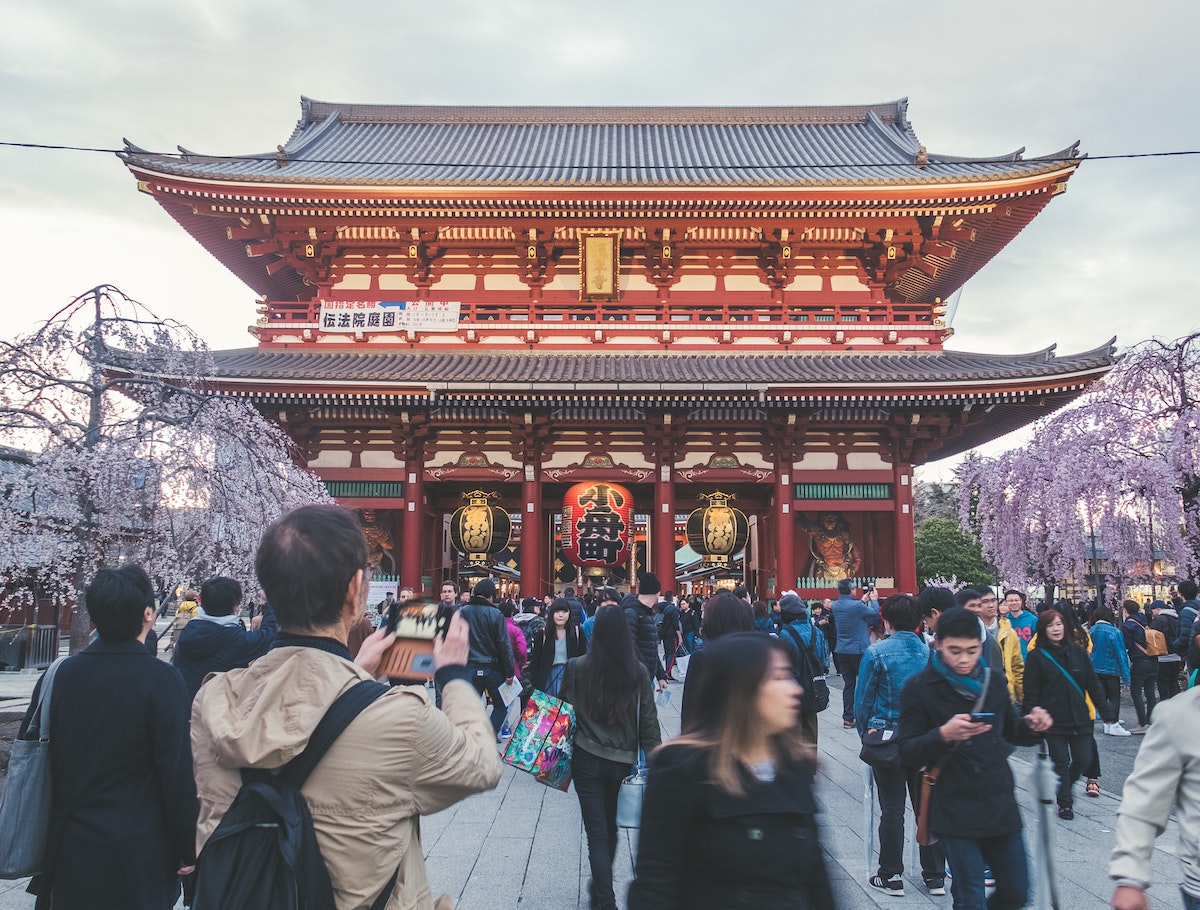
Author: Jen Santelices
The MEXT Scholarship is one of the most coveted opportunities for foreign students interested in Japan. It’s named after the ministry that’s behind the scholarship, the Ministry of Education, Culture, Sports, Science and Technology — or MEXT, for short.
The scholarship gives students a chance to study at a higher education institute in Japan with fully covered tuition fees and a monthly stipend. It attracts thousands of applicants every year, so while the opportunities are prestigious, the competition is equally rigorous.
With the scholarship offering a life-changing opportunity, it goes without saying that this comes with a lot of things that applicants need to be aware of and prepare for. In this article, we’ll talk about thoughts, expectations, and advice from someone who was granted and was able to complete the scholarship.
Should you apply for the MEXT Scholarship?

While the rewards of the scholarship might seem alluring, it’s very important to ask yourself if Japan is the best place to pursue higher education in the field you want to study.
Japan has strengths in certain fields but weaknesses in others — will Japan be able to provide the education you need better than your home country or any other country? In addition, will a degree from a Japanese institution help further your goal and open the right doors for you in the future? Will you be able to adjust to life in a country with a different language and culture from where you grew up in?
If you’ve done the research and reflected that your answer to these questions is yes, then the MEXT Scholarship is the perfect opportunity to help you pursue studies in Japan.
Applying for the MEXT Scholarship
The first thing to know is that there are two main methods of applying. Aspiring scholars do not directly send their applications to MEXT. Instead, they have to go through a Japanese university or their local Japanese embassy, pass the screening process, and receive their recommendation to be granted the scholarship by MEXT.
If applying via universities, applicants will be required to contact the Japanese university they wish to pursue their studies in and submit application documents directly to them.
If applying via the embassy, documents are submitted to the embassy instead and they screen applicants through standardized exams from MEXT and an interview. Different countries have some variances in how they conduct the screening process, so when in doubt, it’s always best to consult your embassy.
Arriving in Japan

From the time you submit your application to the day you land in Japan, there’s a year’s worth of space in between, so there’s undoubtedly some feelings of anxiety and excitement. Luckily, once you arrive, the transition to a new life is supported by your school.
At the start, there will be processes to deal with that the school will help with. But compared to foreigners who come for work or privately financed students, there are a few notable differences when coming in as a scholarship student.
For example, a bank account is essential to living here, however, you will need to establish yours at the bank that MEXT chooses as a requirement to receive the monthly stipend. This may not be a big concern at first, but it can affect things eventually such as when applying for a Japanese credit card.
Most scholarship recipients go through a preparatory Japanese language course to help them navigate daily life. Since this is right before your main study program, the course is an excellent time to get used to living here, to make friends, and see what Japan has to offer.
Life in Japan

One almost universal experience that foreign students have is a part-time job. Although you receive a monthly stipend, expenses pile up so many students opt to do part-time jobs to address that. Aside from the extra money, this can be a good way to experience another side of Japan.
Since you will be doing shifts after school, part-time jobs with flexible hours such as in restaurants or convenience stores can be a good option. Of course, if you have other skills or Japanese language abilities, there are other part-time opportunities working for companies in Japan. If all else fails, your school can also help you find a part-time job suited for you.
Another big thing that can help with your student life in Japan is an ability to manage your time. As a student, you will be balancing a lot of things at once. You will experience sleepless study nights, deadlines, and interacting with teachers & classmates, so it is essential to know how to deal with these things as they come.
Life after MEXT

Life after MEXT can go in so many different ways. For me, it’s been five years since I first came to Japan and two since I finished the scholarship. After studying, I decided to stay and work in Japan.
The only thing to expect for this is to not have any expectations. There are also a lot of things that can shape your experiences while you’re living here, so it’s very common to have a set plan for your studies or career only to end up somewhere completely different.
For example, there were students who realized Japan isn’t what they thought it would be and quit the scholarship pre-maturely. Some also decided that opportunities elsewhere or living with family back home suits them better so they left Japan after their program. In my case, I received the scholarship to study photography, but realized that a career in photography isn’t for me, and now my work is focused on something else.
Last but not least, the most important thing to remember is that you will be the biggest factor in how your scholarship experience plays out. Similar to a tool used to build a house, the scholarship is also a tool you can use to build up your life. But just like with everything else, it will be up to you to make the most out of it.













